How the British love of tea drinking ultimately created the United States of America
It was during the early part of the 17th Century that explorers and merchants from Portugal and Holland ventured to the Far East, bringing back with them all kinds of Oriental novelties, amongst them tea leaves.

When Charles II of England (1630 – 1685) married the Portuguese Catherine of Braganza tea drinking was brought to the English Royal Court and naturally found its way into the salons and houses of the aristocracy and well to do families. Tea drinking was considered to uplift the spirits and soon became the drink of choice through high society, which created elaborate social rituals of tea drinking and created a demand for tea making paraphernalia.
This social demand for tea was the catalyst that drove the expansion of the British Empire, with merchants trading between India, China and Britain.
Ultimately it was the rebellion against taxes on tea and the unfair advantage that the British Parliament had given to the East India Trading Company above colonial traders, that sowed the seeds of the American War of Independence.
During the infamous “Boston Tea Party” The Sons of Liberty boarded the British ships and threw the tea into Boston harbour. The British Government reacted harshly and through an Act of Parliament ended local self government in Massachusetts, closing Boston's commerce. This just escalated the crisis, with the American War of Independence starting close to Boston in 1775.




